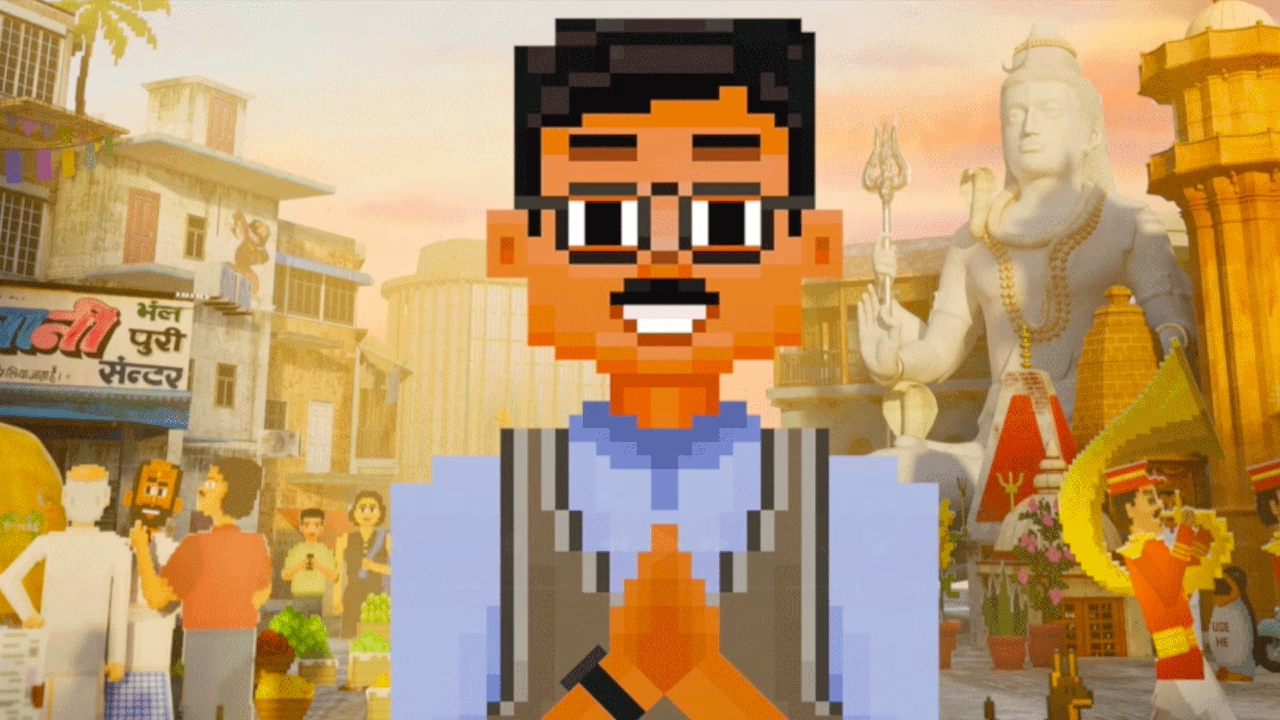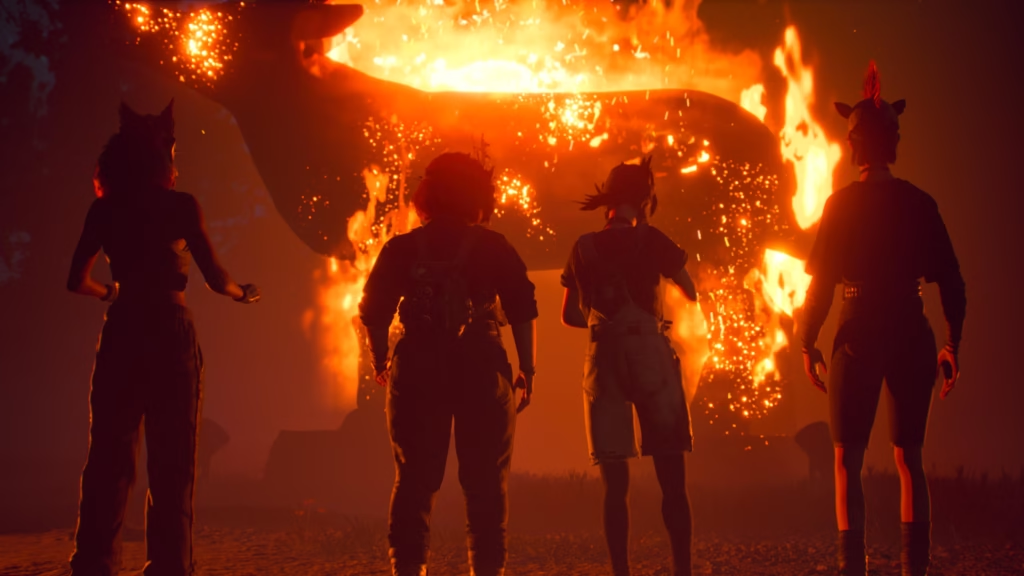With Detective Dotson, perhaps more than anything, developer Masala Games has leaned on it being a love letter to and a showcase of contemporary India. And the cosy, pixelated adventure that unfolds on the vibrant streets of the country manages to pull that off with panache for the most part.
Busy streets
A blend of arresting 2D and 3D art styles, coupled with beautiful design — whether that’s the pulpy characters, the array of architectural offerings or the luxuriously coloured landscapes — bring out the chaotic order that runs through the country in celebratory fashion. All this, while largely skirting around the most stereotypical stereotypes. Sure, while significant parts of design involve Bollywood, temples, holy men, gossipy aunties and so on, it rarely feels weighed down by or reduced to just those. There is a breezy quality to the game that gives it a tint of ’90s television rather than a self-serious take on the Indian cultural panorama, which works quite well in its favour.
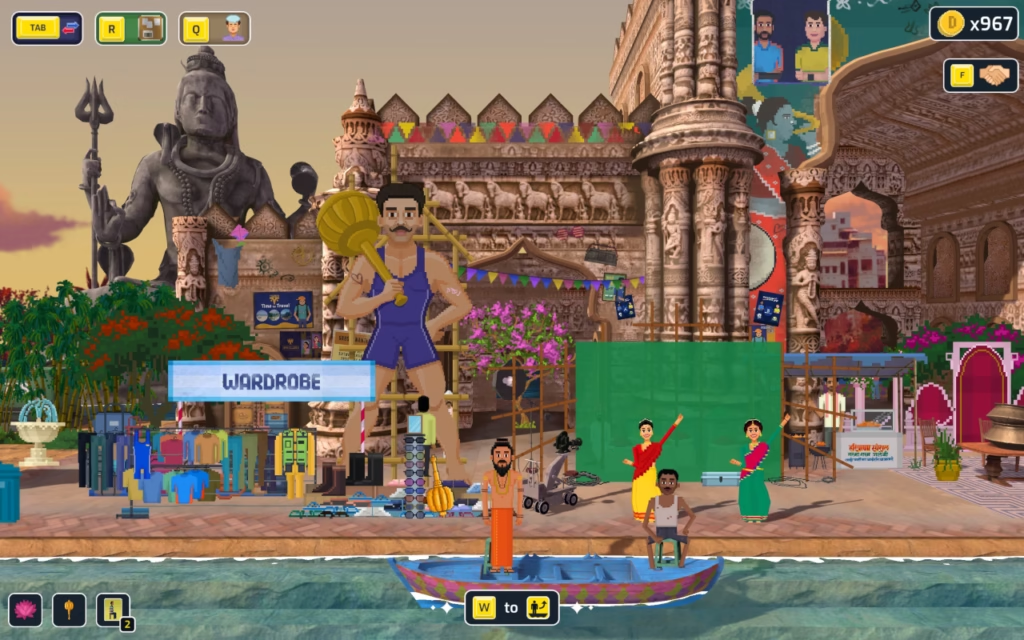
And it’s not only the visuals that the game excels at. Detective Dotson also features a scintillating soundtrack by Nikhil Rao, the lead guitarist of the fusion band Indian Ocean, to go with its carefree atmosphere and at times more dramatic goings-on. Speaking of which, the game follows the exploits of the titular character as he goes to town (literally and otherwise) trying to solve a series of four cases, which may all be related and help him uncover the mystery behind his father’s murder.
The holes in the paperwork
While an interesting premise on paper, unfortunately, the title falls markedly short on execution; a victim to the dual culprits of poor storytelling and gameplay. A sidescroller, the game boasts serviceable basic mechanics — you can run, jump, pick up objects, and so on. Nothing ingenious, but nothing broken as well. So far, so good. But the central device, if you will, of the game is an evidence board. Here you solve the cases by putting together the things you’ve learned in the world through interactions and conversations (and even eavesdropping) in a correct order. Once all the pieces of the puzzle are in place, the case is solved. The trouble is, the mechanic is so elementary and susceptible to exploit, it requires little effort to progress. In fact, you can practically guess or hit-and-try your way to the next case without even exploring all the in-world interactions, or even fully understanding the story. Quite a blind spot for a detective game.
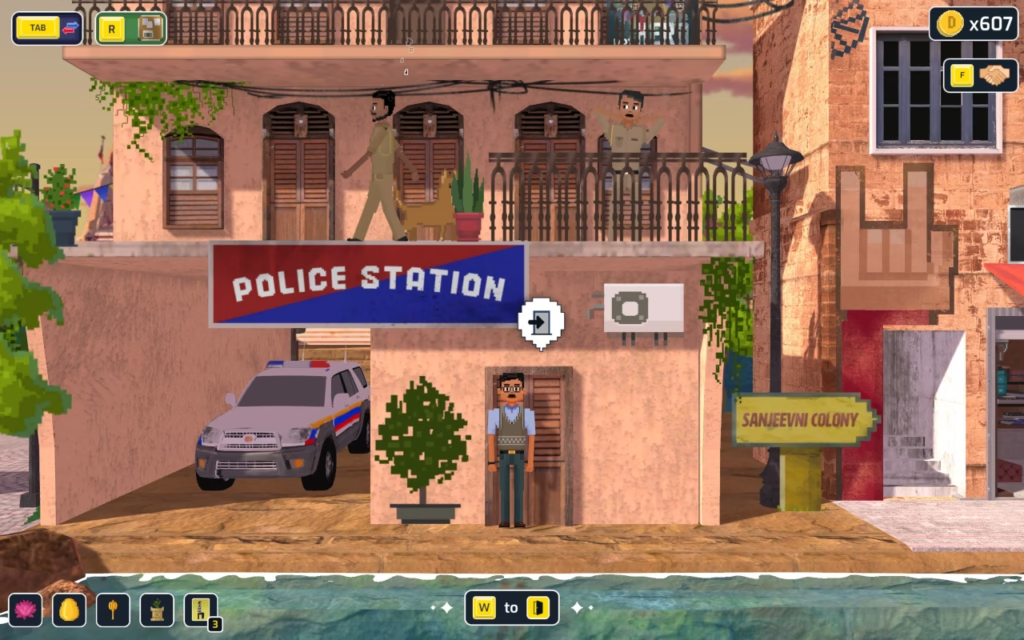
Furthermore, you can use the hints feature which allows you to have the game solve itself, which wouldn’t be too bad (in fact, even useful at times) if they weren’t available a dime a dozen, with no cap on how many you can gain (or use). Worse still is how the currency works in the game. On the one hand, it enables you to buy items which in turn can be exchanged for information or other items, making for a semi-interesting mechanic; on the other, you can use it to bypass working your way through the game, and basically paying for information. Which would be great (after all, where’s the realism without some bribery) if the money wasn’t practically growing on trees here. Just a few clicks on a rudimentary hidden objects mini-game, which would make Where’s Wally? seem like Elden Ring, (and a few other methods as well) and you can have all the money you could ever need. This thoroughly erases any sense of resource management and gives you little incentive to be creative with a solution when faced with a tricky situation.
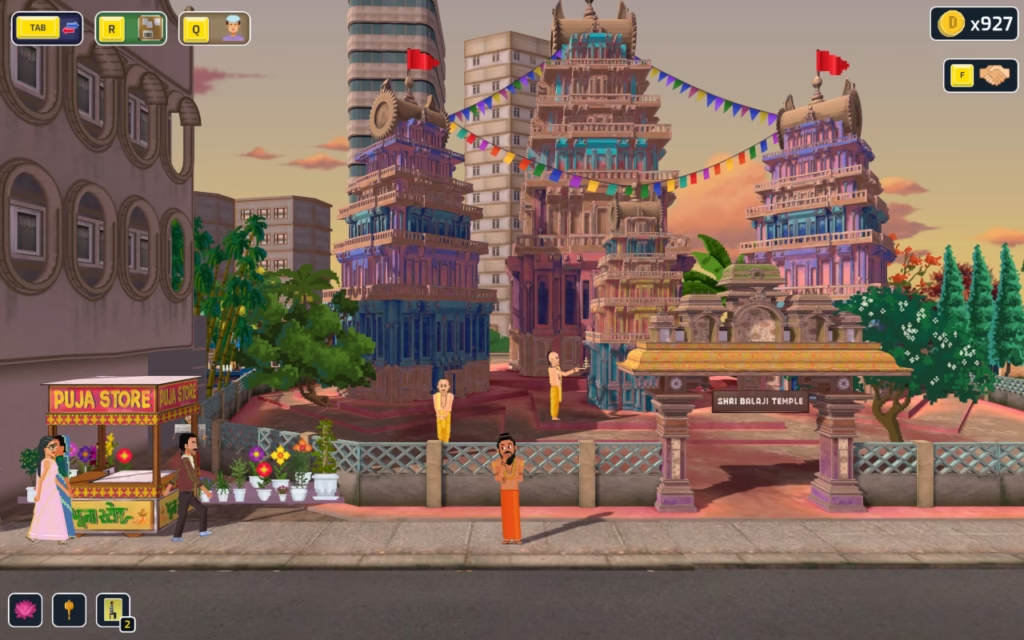
Dancing in the dark
Which brings us to the story and characters. And there is little to the former, and only a vague sense of the latter. To be clear, there is a film, Detective Dotson: The Movie, that acts as a prequel to the game (and we can go into its merits in another piece focusing solely on it). But since the developers insist that you don’t need to watch it before playing the game, we’ll treat it as a standalone. Given that, there is little to go on when stepping into Dotson’s world, and the game seems to have even less interest in doing anything about it. There is a large cast of characters, and it increasingly feels the game assumes or expects you to be familiar with many of them. The names are just thrown around, and characters act as if this were a sequel where by now you probably know everyone and their mother by their first name, and not a brand-new IP. All of this further erodes the stakes in the game. Given that the characters have no in-game context to orient them for you, and there’s little cohesion in the story being told (the fact that the central case being the murder of the protagonist’s father comes out of nowhere), there is little to get invested in.
Perhaps the said film could have been better integrated in the game itself, or easier still, the already present log-book feature (which records recent dialogue exchanges with a character) used to give some context for each character (who they are, what’s their relation with you, their place in the larger world etc).
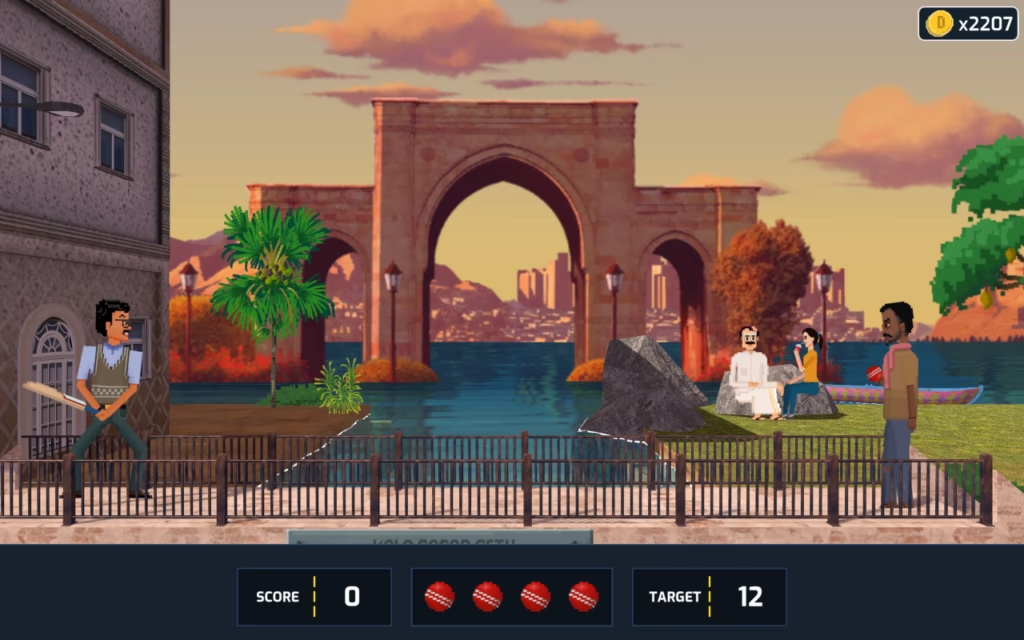
A light afternoon snack
The title also features a few mini-games (like the previously mentioned one involving hidden objects, gully cricket, etc) which can be quite fun to begin with, but the novelty does not last too long. By the time it takes you to finish the game (three or so hours; more if you get stuck somewhere or get carried away by a mini-game) it’s clear that the primary concern of the game are the aesthetics and peripheral features like character disguises, dances et al; being cosy, in general. And to be sure, all of these things add to making the game stand out, but somewhere at the cost of lacking fundamentals.
At the end of the day, Detective Dotson is a visual treat in need of some good work at its core, detective heart. A sequel is teased at the end of the game, and one can only hope for things to get better. There is a strong foundation, but the structure requires some shaping.
Game reviewed on ROG Zephyrus G14 (AMD Ryzen 9 6900HS with AMD Radeon RX 6700S). Review code provided by publisher.
All images via screengrabs from the game.
